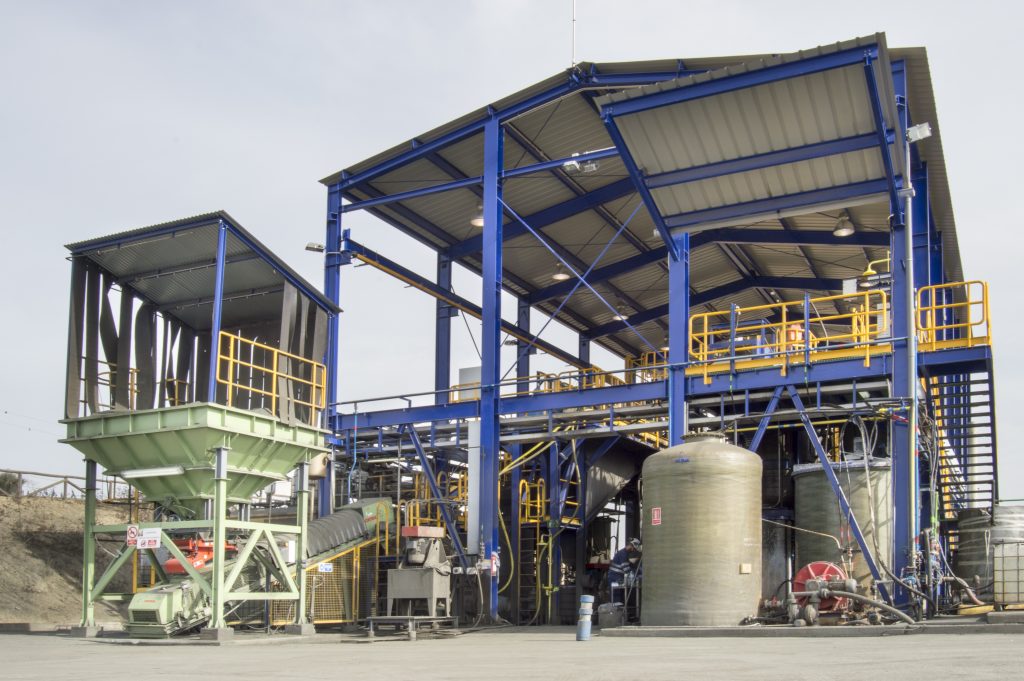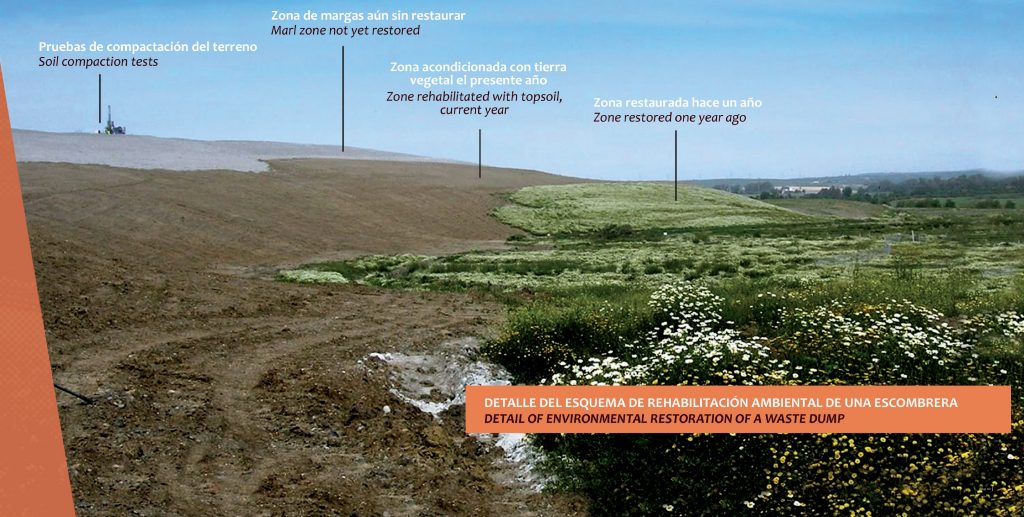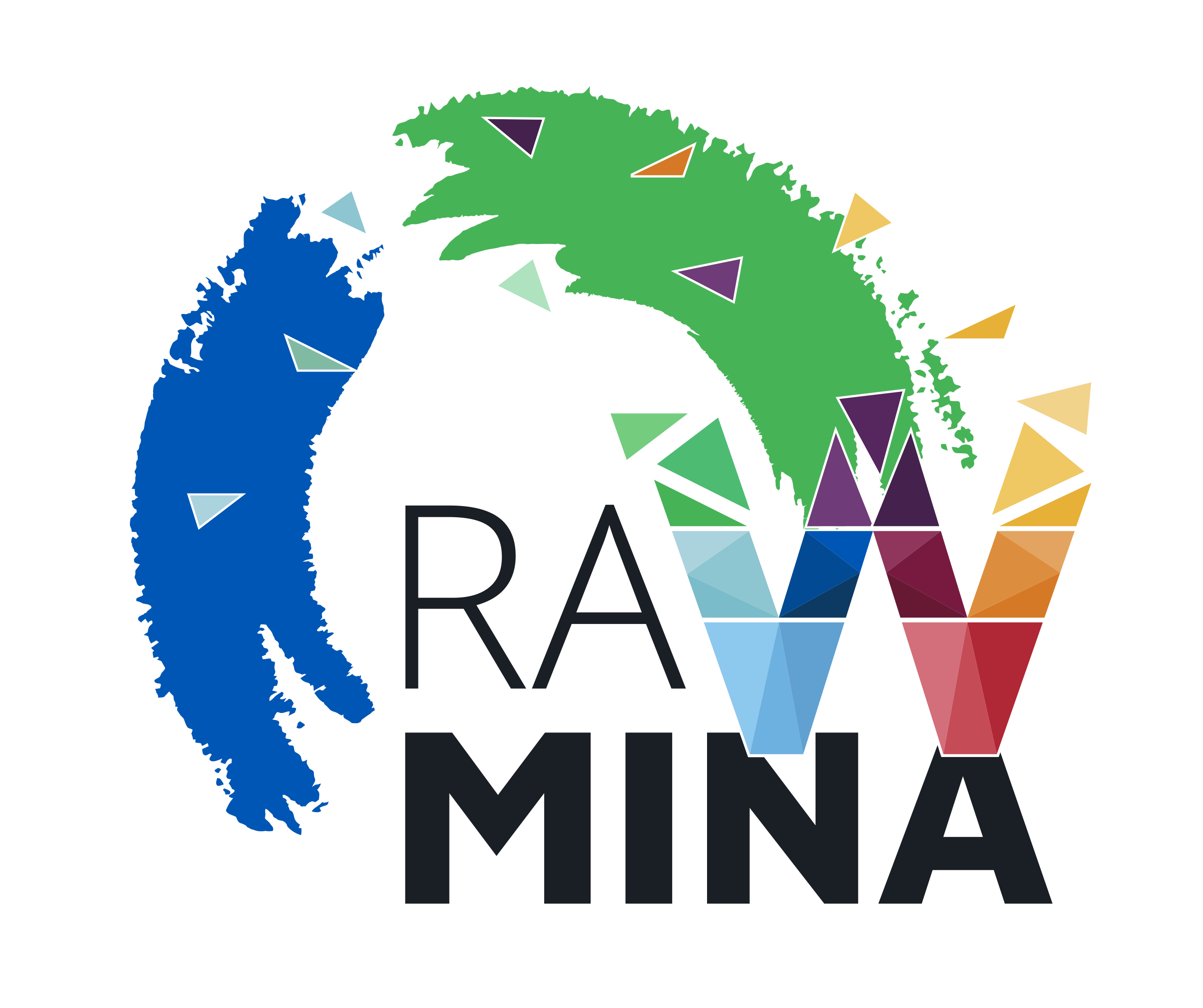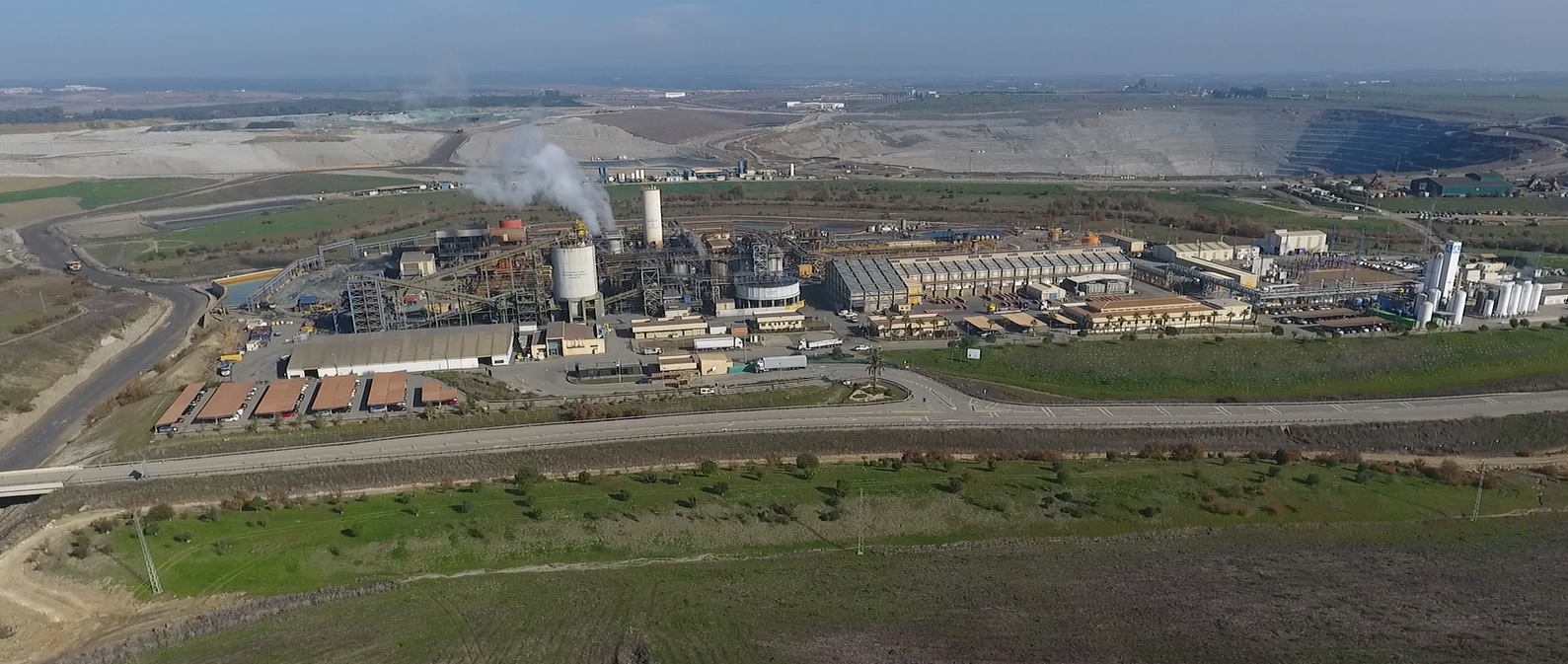Cobre Las Cruces (CLC), situated in the Seville province of Spain across the municipalities of Gerena, Salteras, and Guillena, is a leading example in the global mining industry when it comes to cutting-edge technology and environmentally responsible practices. The mine deposit was discovered in 1994 and developed with an innovative concept: "from mine to metal", using a hydrometallurgical process to produce high-quality copper cathodes.

CLC's commitment is based on three pillars of corporate strategy: a) Environmental respect; b) Safety for people; c) Positive Community Engagement.
As a result, efficient and environmentally responsible mine waste management stands as a central focus for the company. CLC places a premium on adopting the best technologies that not only enhance efficiency but also uphold the highest environmental standards.
Within the framework of its Environment Policy, CLC monitors and controls the different environmental impacts that affect the Project. These activities are encompassed in the Monitoring and Control Program conducted by the operation, which has the following objectives:
- - Verify that the actual environmental impacts align with the initial forecasts.
- - Assess the effectiveness of protective and corrective measures implemented across various projects and evaluate the outcomes after their application.
- - Determine the evolution of forecasted impacts based on the assessments conducted during the Environmental Impact Study.
- - Control impacts that were challenging to estimate during the initial Environmental Impact Study, such as those arising from restoration or mitigation throughout the Project's lifecycle.
- - Define responsibilities for monitoring within CLC's organisational structure and among its contractors
- CLC regularly communicates the results of the Monitoring and Control Program to the Environmental Authority.
The following lines of action, overseen by the CLC Environmental Department, provide insights into the environmental control and monitoring activities: Sustainable use of natural resources; Air Quality; Water Quality; Noise, Residues; Wildlife; Monitoring of compensatory measures; Progressive restoration; Monitoring of land usage.
Regarding waste management, CLC is implementing a dewatering process for tailings, resulting in a dry cake that can no longer be transported via a pipeline due to its low moisture content. These filtered tailings are typically transported, deposited, spread, and compacted to create an unsaturated tailings deposit, often referred to as 'dry stack.'
This approach to waste handling minimises the risk of environmental and community impacts associated with unexpected failures in the mine complex. Additionally, this technology allows CLC to engage in progressive rehabilitation efforts on the site. Monitoring indicates that the waste facility management is effectively mitigating long-term risks associated with the site's waste materials.

Furthermore, CLC is actively involved in research and innovation projects aimed at implementing circular economy principles to recover base and critical metals from mine wastes. Notably, CLC plays a significant role in the RAWMINA project:
- - As a supplier of waste material for laboratory, bench-scale, and pilot testing.
- - As a key partner in integrating various technologies.
- - As a leader of a work package dedicated to piloting developed technologies.
RAWMINA represents a shift from the current linear mine waste processing approach to a sustainable solution based on the principles of the circular economy, considering mine waste as a valuable resources for critical raw materials.

